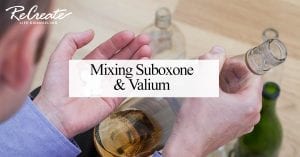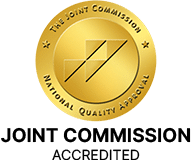
Tag: Alcoholism
Alcoholism is, broadly, any drinking of alcohol that results in significant mental or physical health problems.


Is Benzo Detox More Painful Than Heroin Withdrawal?
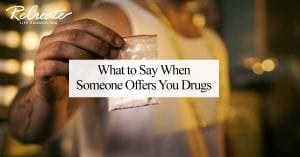
What to Say When Someone Offers You Drugs

Can You Buy Codeine Over the Counter?
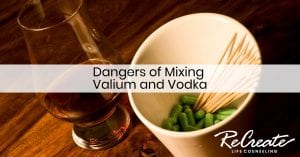
Mixing Valium and Vodka
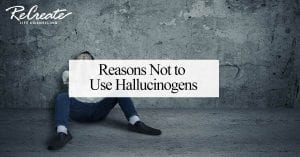
Reasons Not to Use Hallucinogens
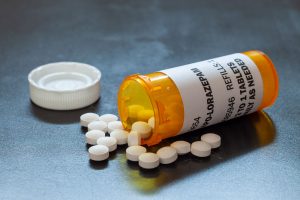
What Does Ativan Feel Like?
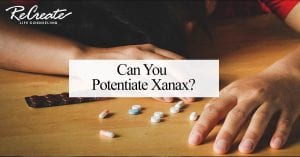
Can You Potentiate Xanax?
